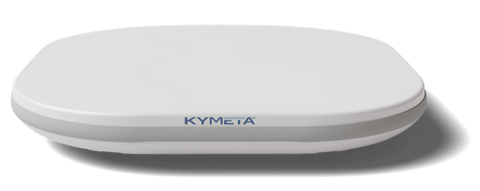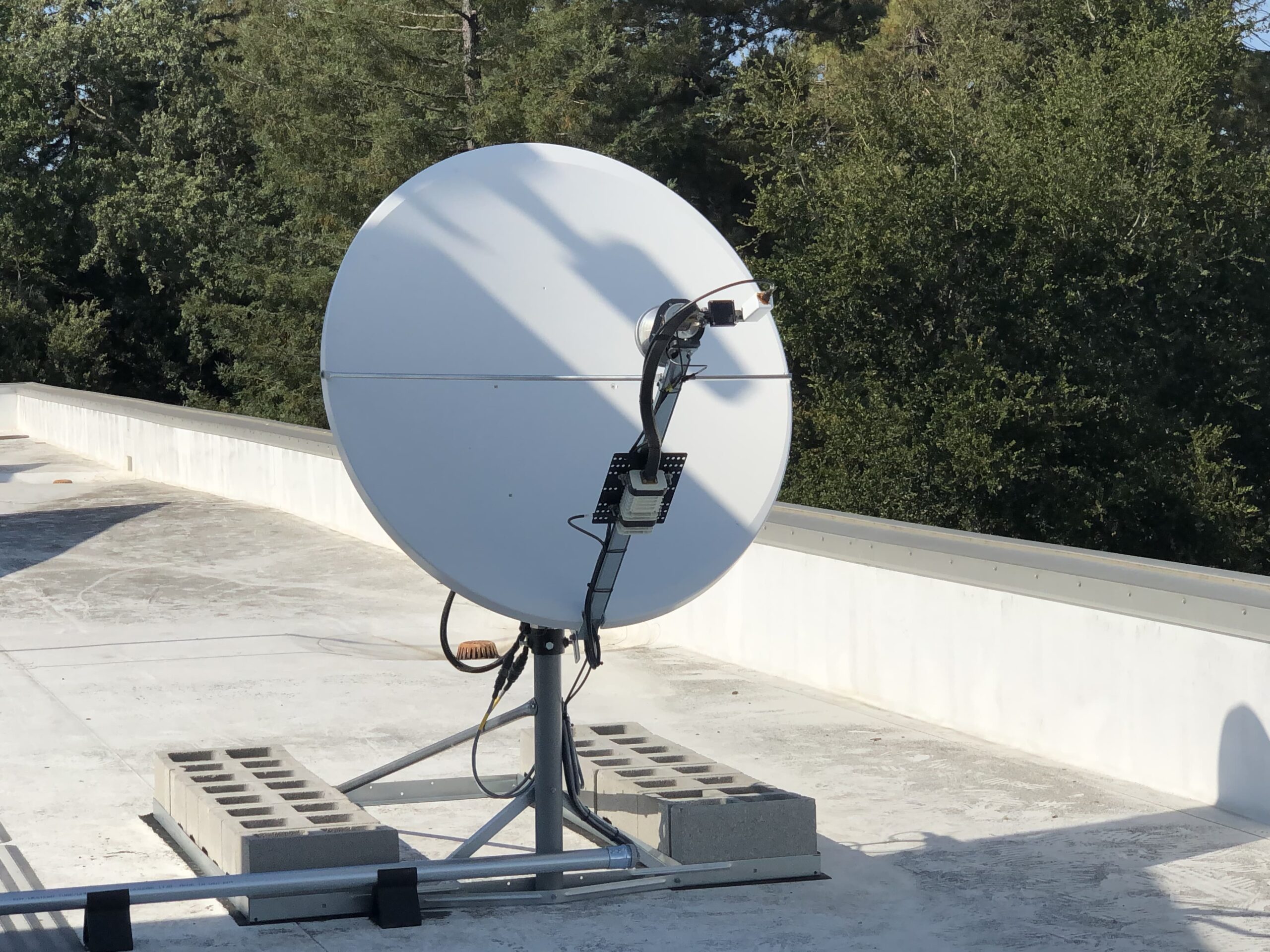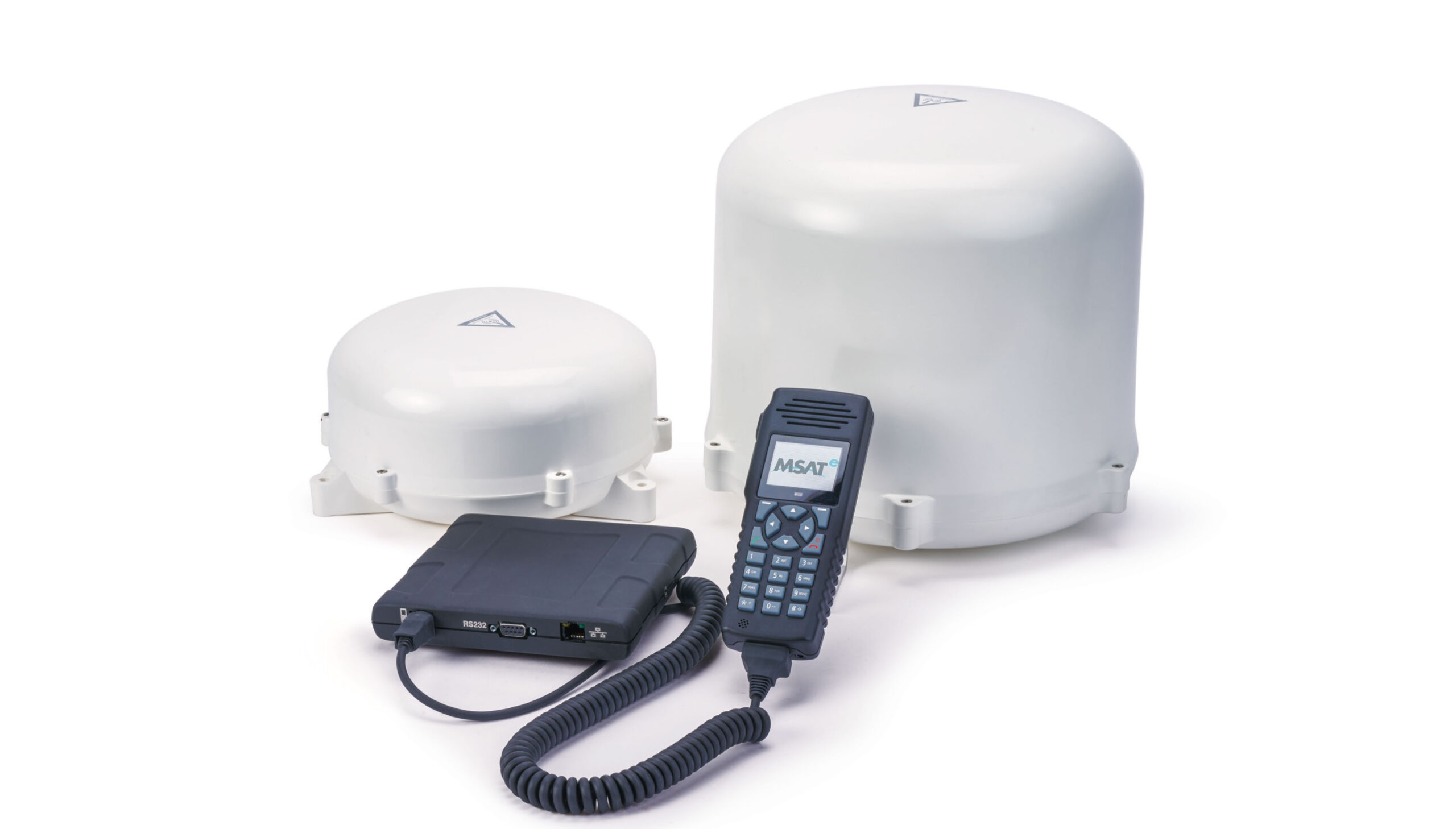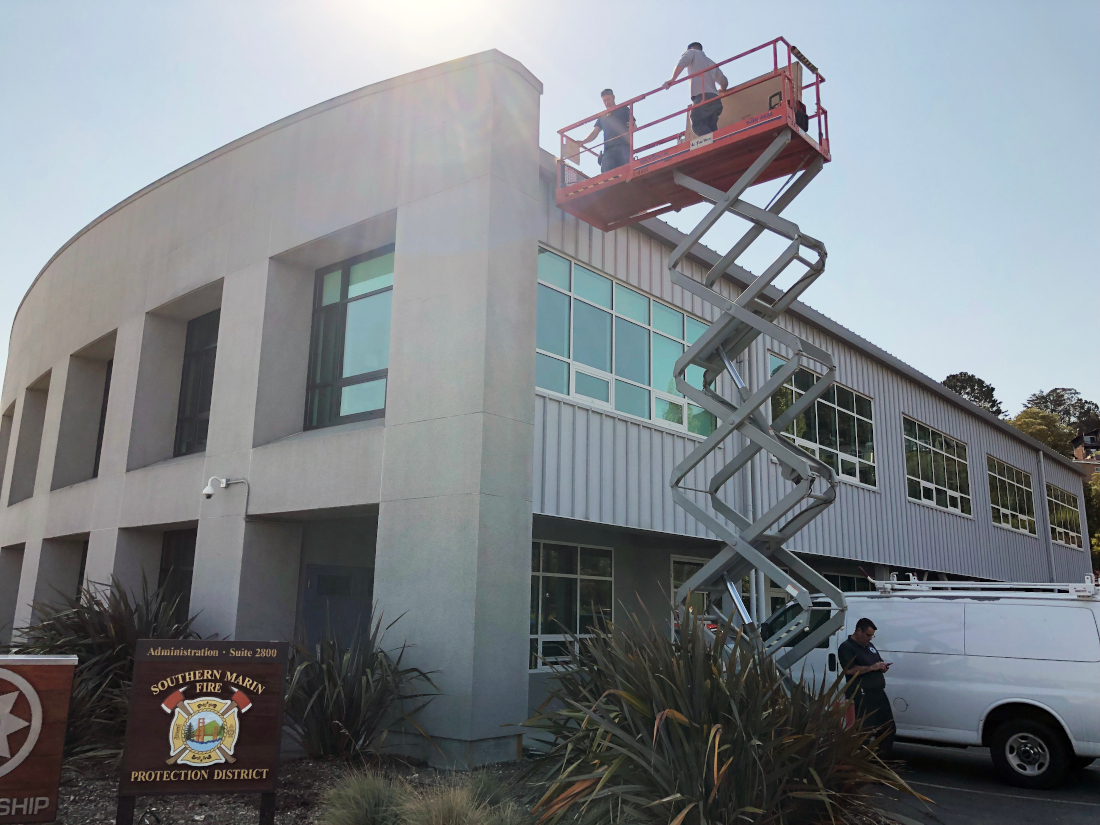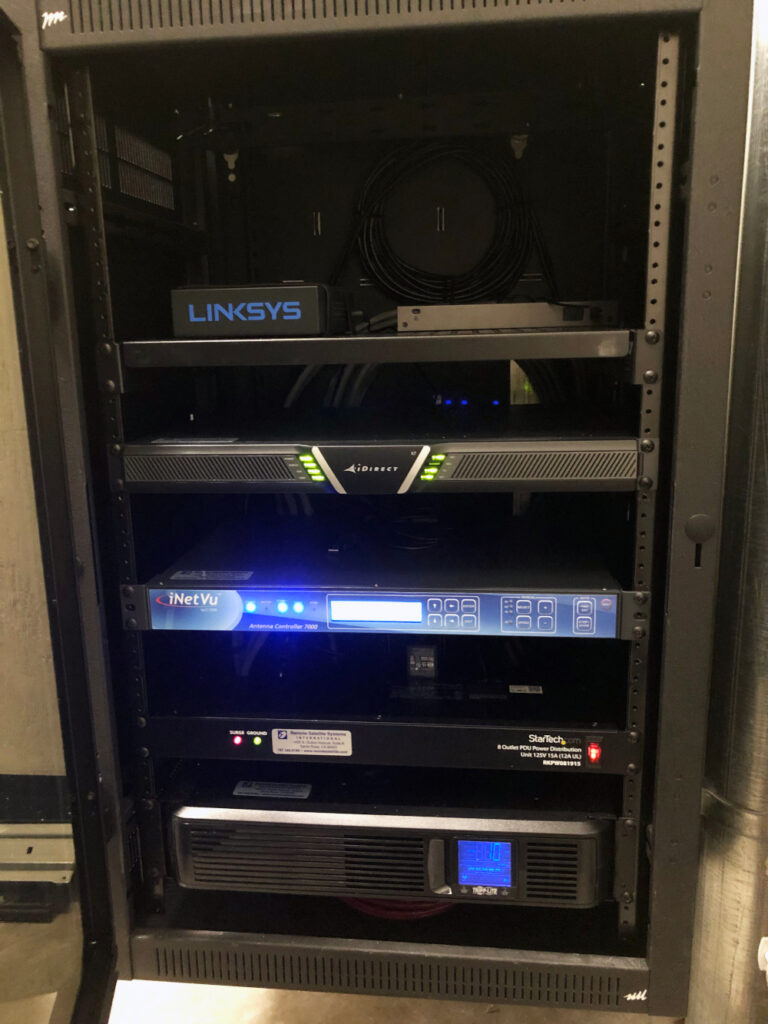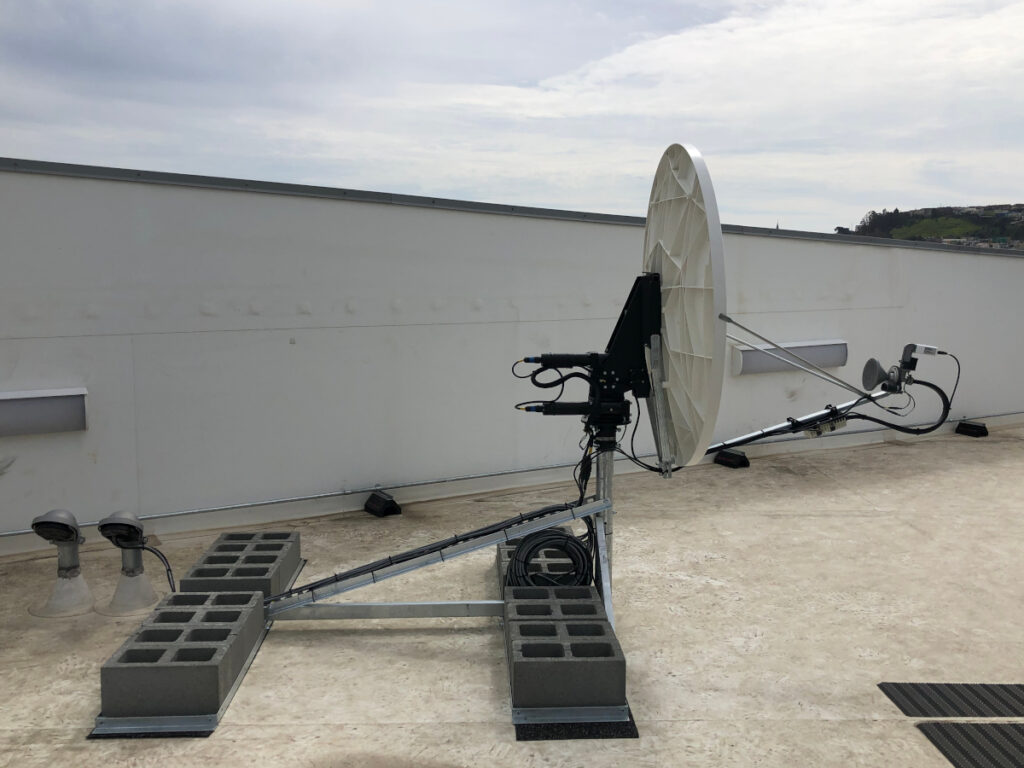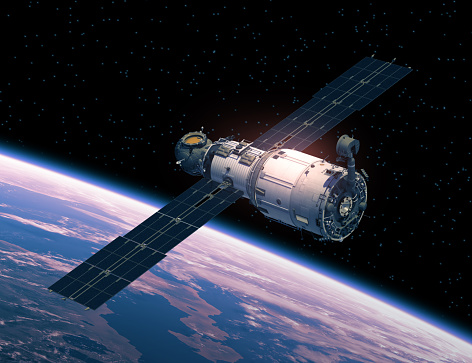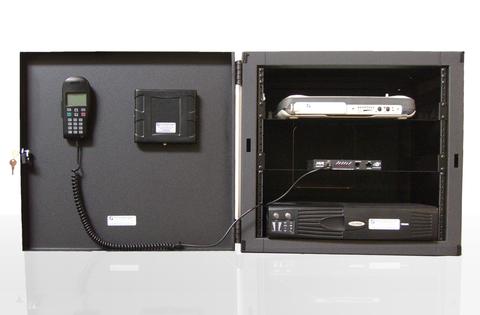In the face of a natural disaster or other public health emergencies, first responders need the ability to stay connected at all times. However, it’s difficult to know where you’ll have cellular service and whether it will be reliable, especially in situations that can effectively knock out terrestrial equipment. Essentially, relying on a single network leaves you vulnerable to missing mission-critical communications.
What if you could combine the capability of multiple networks into a single service?
Aggregate Multiple Networks for Uninterrupted Connectivity
Fusion is a hybrid network with FirstNet LTE capability that allows you to aggregate multiple wireless broadband networks into a single streamlined service that offers reliable, uninterrupted connectivity. In the event that any of the cellular networks fail, you have complete redundancy. This communication solution aggregates up to 6 different LTE cellular channels and a satellite interface at speeds that allow you to do everything from making a call to transferring high-quality video. With Fusion, you not only have access to robust communication capability but also to a backup if one (or all) of the cellular networks fail.
Fusion’s smart technology continuously monitors network connectivity for fluctuations; if any one of the cellular connections isn’t possible or compromised, it will connect to one of the redundant networks. If unable to connect to any of the cellular LTE networks, Fusion will fall back to the satellite network to complete the connection. This eliminates the need to monitor and switch carriers manually, which can be a frustrating process that eats away at valuable time. And in an emergency, every second that’s not wasted on monitoring or switching over equipment can be better used in relief efforts.
Fusion includes a web-based graphic interface that displays all available networks, including data totals being passed over each network for improved situational awareness and informed decision-making. It also features multiple fallback options and one-touch satellite configurations to allow you to maintain the highest quality speed for data, video, and voice applications. With its FirstNet Ready equipment, VPN support, AES-256 encryption, and dynamic routing of packets over multiple connections, your public safety agency can have access to fast, secure, and prioritized network access.
Leverage the Power of Fusion
There’s not a single mobile network that can provide 100% coverage. Fusion allows you to leverage the power of six networks—and satellite capability—for faster speeds, the lower latency of LTE (when available), and the reliability of VSAT to ensure you always have access to the best connection possible. In addition, your team won’t need to worry about the added stress of connectivity issues.
For more information about the FirstNet Fusion network, contact Remote Satellite Systems at (888) 989-8199 or send us a message through our online form.

